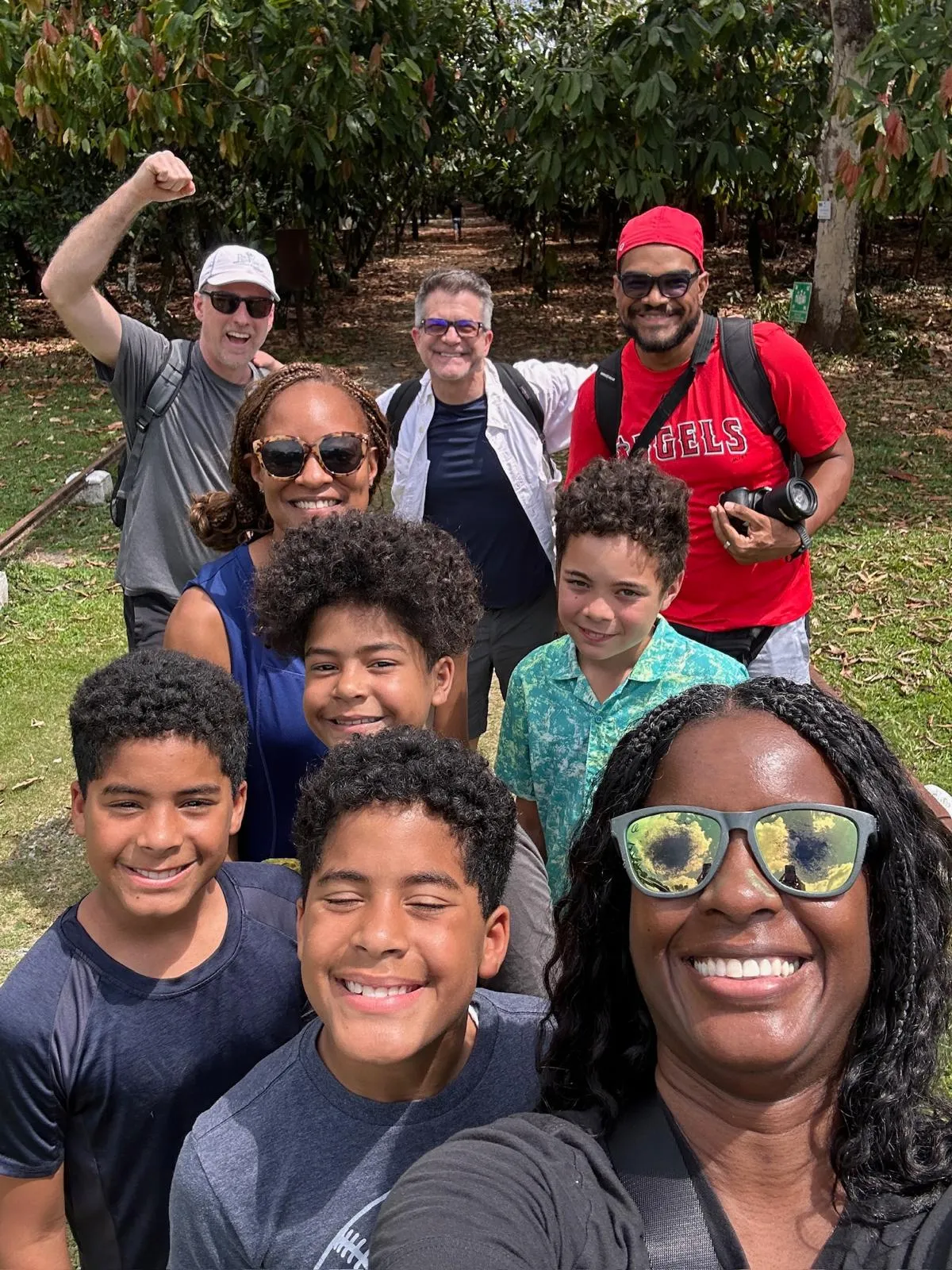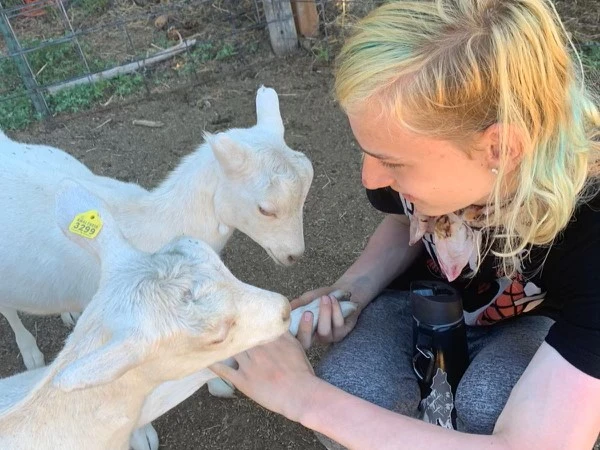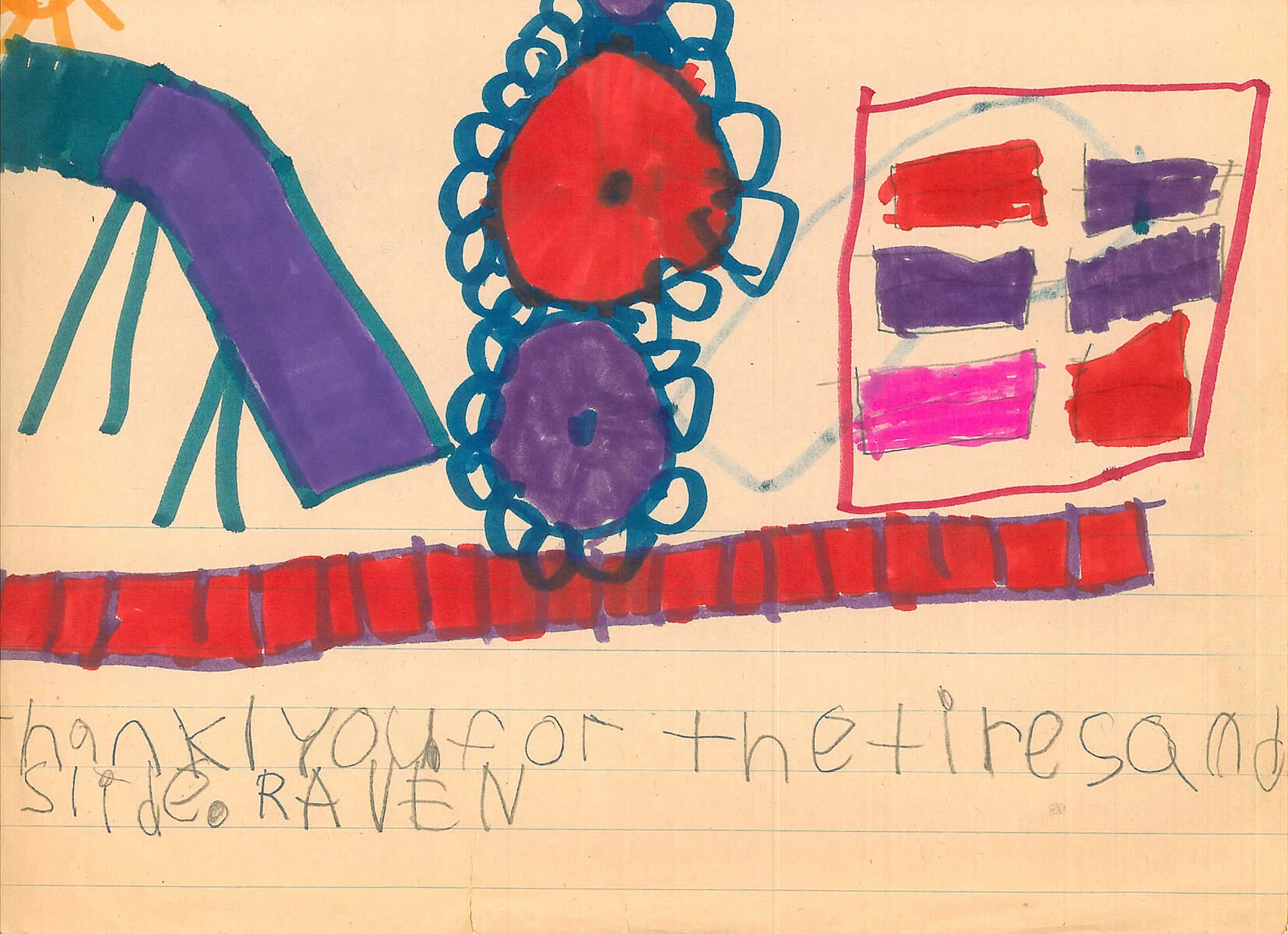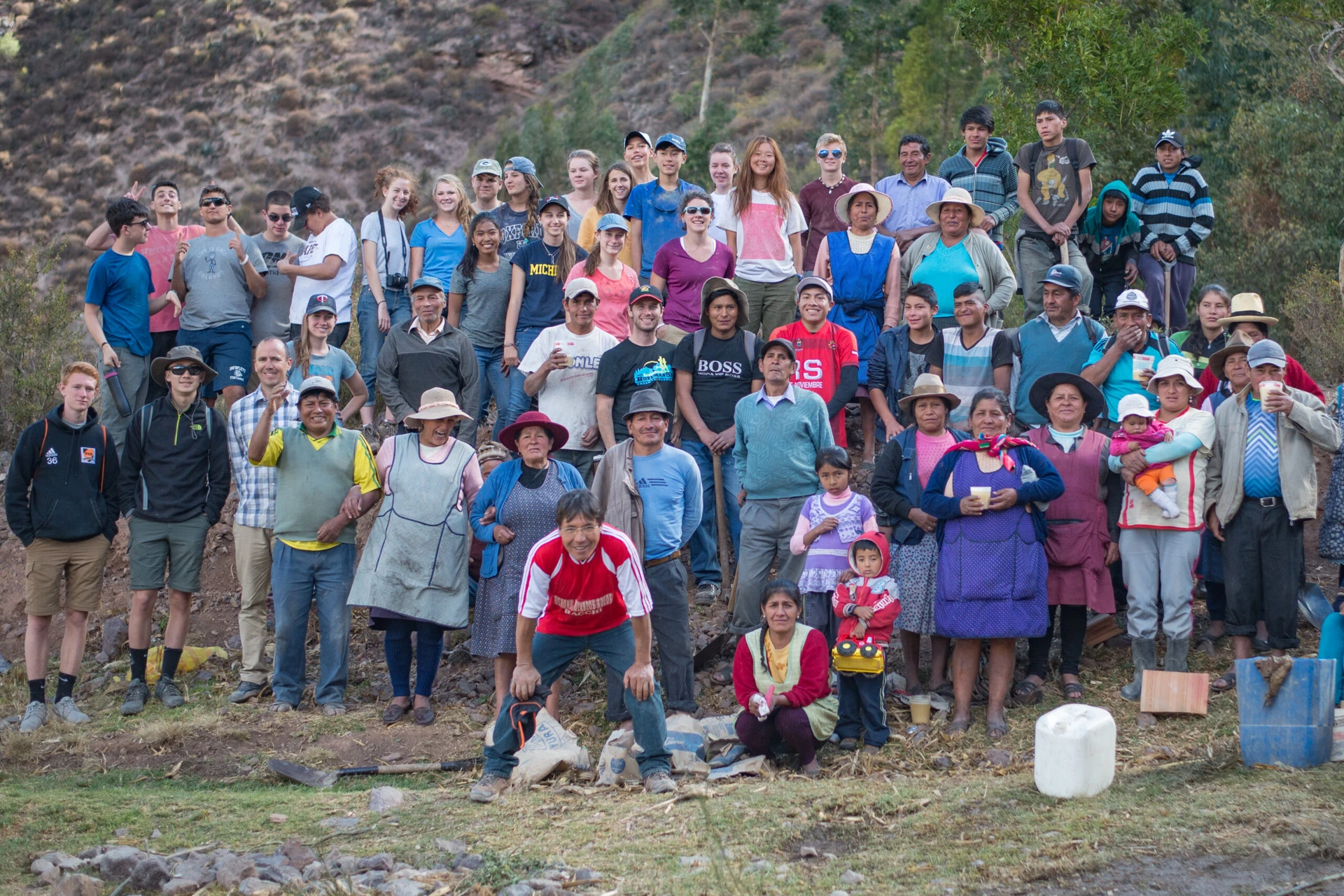By Derrick Christopher Evans, Turkey Creekkeeper
Turkey Creek, Mississippi lies at the very crossroads of America’s most noble and ignoble traditions. Established by emancipated slaves, the settlement began in 1866 as a long awaited promised land for a people denied all manner of dignity, even names, for fourteen generations. Their descendants have lived here, navigating American life and culture as free human beings and citizens for seven generations and counting.
No less that the legacies of slavery, segregation or civil rights, environmental stewardship is not new in Turkey Creek. We live in a place that gets 70 inches of annual rainfall, with the largest fire ant colony in
North America, water moccasins every few years in May, and 30 foot storm surges from hurricanes. We’ve been making peace with coastal Mississippi’s ecology for a long time. This is our home. But our future is imperiled. Today our watershed is the crossroads between two competing visions for Mississippi: one that values communities, culture and the environment; and another that does not.
In 1991, after 20 years in Boston, I returned home to produce a documentary film on how the New South’s homogenizing sprawl was pushing my community off of Mississippi’s 21st century map. I quickly realized, however, that the immediate defense of Turkey Creek was profoundly more urgent. I was soon embroiled in the fight for environmental justice: the intersection where racism and classism—historical evils deeply embedded in our national story—meet with our equally evil legacy of environmental destruction.
Geographically, Turkey Creek sits where Interstate 10 meets US 49, near the Gulfport-Biloxi International Airport. Governor Haley Barbour and his post-Katrina planners have called the area the “center of gravity” for the entire region’s economic recovery. I call I the place where my ancestors are buried in graves that are now underneath apartment buildings that the Army Corps and city government allowed developers to put there. Turkey Creek is no doubt the center of gravity for someone’s future; the question is whose future?
When Barbour and his inner circle think of Mississippi, they see highways, ports, plants and casinos—not people. Their outlook explains why now, more than two years after Hurricane Katrina, the government—state, federal or local—still isn’t involved in rebuilding peoples’ homes. Across the coast, homes are being rebuilt one at a time by out-of-state volunteers, with tens of thousands still to go. It explains why community-based small business owners have little access to financial assistance, while casinos bounce back bigger and more numerous than before. Shipping facilities, major roadways and high-end hotels that didn’t exist before the disaster are sprouting up all over. It explains why we are seeing a deliberate acceleration of wetlands destruction, our first line of defense against futures storm surges and proven protection from our normal bouts of heavy rain and flooding.
While everyone’s Mississippi suffers from this slash and burn development, our political and business elites are having the time of their lives playing with unprecedented public and private dollars sent down for hurricane recovery (an amount greater than the state’s annual budget). But I cannot name more than a few individuals who have seen a dime of it. The resources for rebuilding allocated by Congress and the American people have been stockpiled in Jackson and diverted for an imbalanced and unsustainable Gulf Coast makeover. And many of coastal Mississippi’s people—of all races, rich and poor—are exasperated. They know that the real Mississippi is our communities, homes, wetlands, streams, wildlife and trees. It’s our people. Our fried mullet and catfish. Our porch swings and the blues. These are what Mississippi worth loving, worth coming home to.
This is also the Mississippi that Turkey Creek keeper, the environmental justice program of Turkey Creek Community Initiatives, was created to protect and defend. Our mission is to conserver, restore and utilize for education and other socially beneficial purposes the unique ecological and cultural resources of Turkey Creek community and watershed.
After attending the 2003 Waterkeeper conference in Toronto, I knew there was room here for a Waterkeeper program, and immense value in forging relationships within the Waterkeeper tribe. Through Turkey Creekkeeper and our other advocacy and educational programming, we have built a diverse toolbox for protecting this beleaguered creek and community. Folks here do not have the luxury of deciding whether to be environmentalist, historic preservationists, affordable housing proponents, family service advocates or urban planners. We do not have the luxury of isolating or siloing these critical issues of community survival. And neither does anyone else.
We who have inherited the mandate, the right and the passion to promote a more just, humane and sustainable society are too often cut off from one another, and this costs us dearly. A neophyte environmentalist just a few years ago, I was amazed by how many different stripes of environmentalism there are and how rarely folks talk to one another. Specialization certainly has a place in our highly complex society, but issue myopia and self segregation defeats environmental and other social justice movements. We divide and conquer ourselves. Perhaps we have bought the theology that says your personal salvation is the purpose of your existence, as opposed to your connection to community and earth, and your responsibility to those who have come before and those who are yet to be born.
In 2001 I left Boston to help save the community that spawned me. I had graduated from Boston College and become an educator at Boston College and in the Boston public schools. I immensely enjoyed living in the Athens of America and lecturing on the past successes and failures of the civil rights movement. But the people and the place that taught me my inner-most values were being erased by those whom I came to learn are usual suspects everywhere—the Army Corps of Engineers, the state Environmental Quality Department and a Chamber of Commerce posing as local government.
I started by getting a lay of the land. Ware are won with maps, much more so than with weapons. I am a sixth generation Turkey Creek native. But when I got back I realized that I needed to keep my mouth shut and listen. I had to let go of some ego and blend into the existing conversation. It turned out that historic preservation was the first priority. I had once though that such activity was intellectual fluff, a diversion for wealthy dilettantes. But cultural resource mapping enabled us to use provisions of the Historical Preservation Act of 1966 to being protecting Turkey Creek’s cultural resources—the structures and natural places around which our community is built.
Likewise, I didn’t know about the Clean Water Act or who the mayor was. I had to learn a lot fast. I took a class to become a master naturalist. Though I grew up running around in these woods, I needed to know the names of the plants and soil types to defend the watershed. I immersed myself, I began looking for elders, traditions, spirits and allies that were going in the right direction to uplift my community, my creek, my earth and my society. Even as I gathered a wealth of new information and relationships, I was constantly reminded that expertise in an issue isn’t enough to engage a community. People don’t care who or what you know; they want to know that you value what they care about.
When it comes to historically marginalized people—whether low-income white or minority communities—a sense of cultural identity is what the lean on first for community defense. If you don’t honor their traditions, that spirit, those elders and their goals for their future, you are not going to engage these people. And without them, you are not going to challenge power effectively or lastingly. It’s like being a teacher or a sculptor. A great teacher starts with who is in the classroom, not with what is in the textbook; a great sculptor brings forth shape from within a stone rather than imposing one from without. You have to be deft and selfless and humane. When we humbly commit ourselves to discourse beyond familiar communities and issue framing, we eventually discover common cause and connect to what is essentially a comprehensive human rights struggle.
My mother told me when I got home in 2001 to be careful because there is no bottom to this; a whole lot of snakes and fire ants, but no bottom. I answered, Mama, I don’t know if we can save Turkey Creek, by the effort itself is invaluable. We might just win. And, win or lose, our struggle here will be powerfully instructive for folks anywhere who value community, environment and history. The fight for Turkey Creek is a quintessential part of one worldwide movement for cultural, economic and environmental integrity. We have survived and battle racism, classism and environmental destruction for 21 generations, and the story is far from over. Like our ancestors before, it is our purpose to deliver our grandchildren’s grandchildren a healthy, just and sustainable world. I don’t intend to fail my ancestors or my grandchildren.






